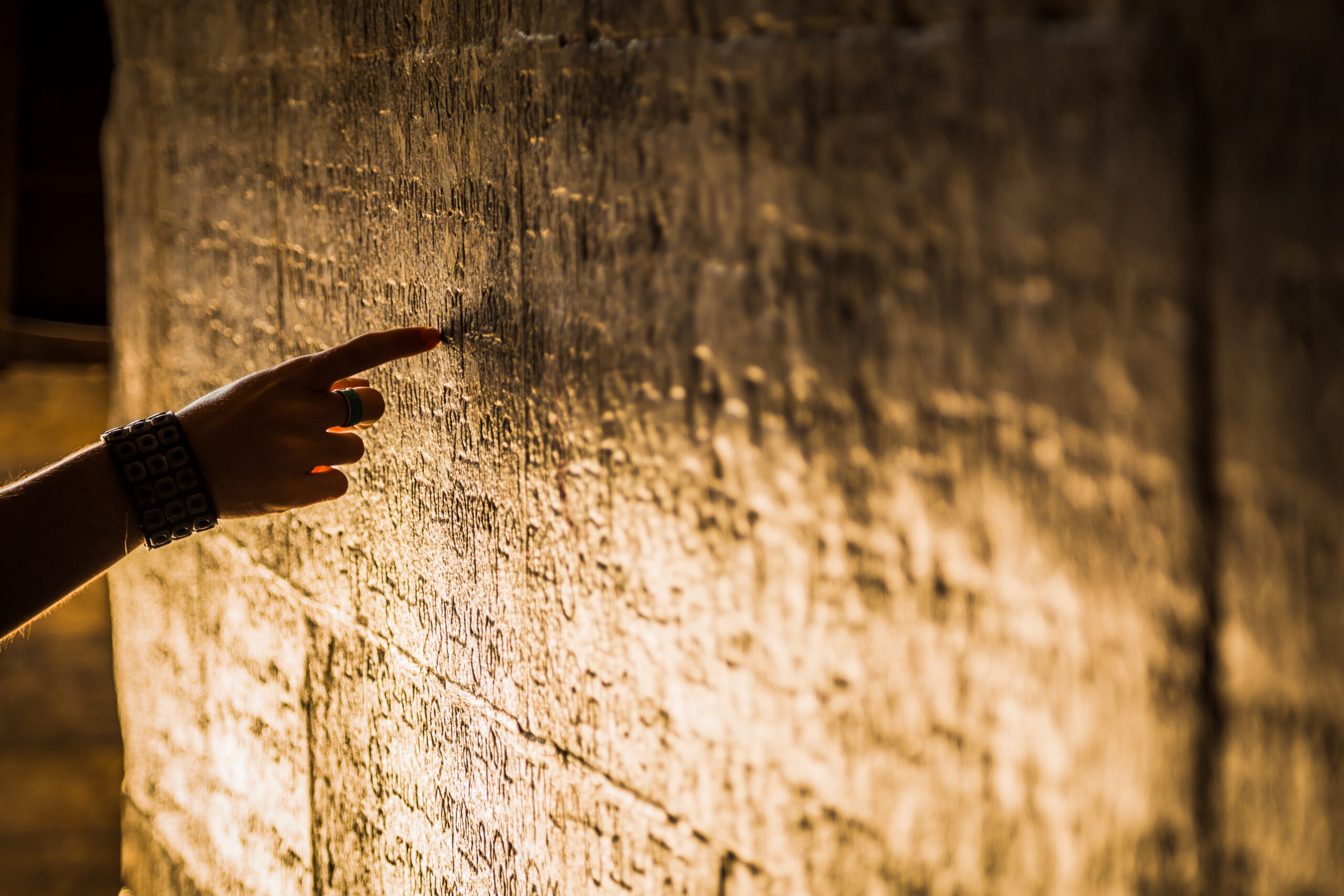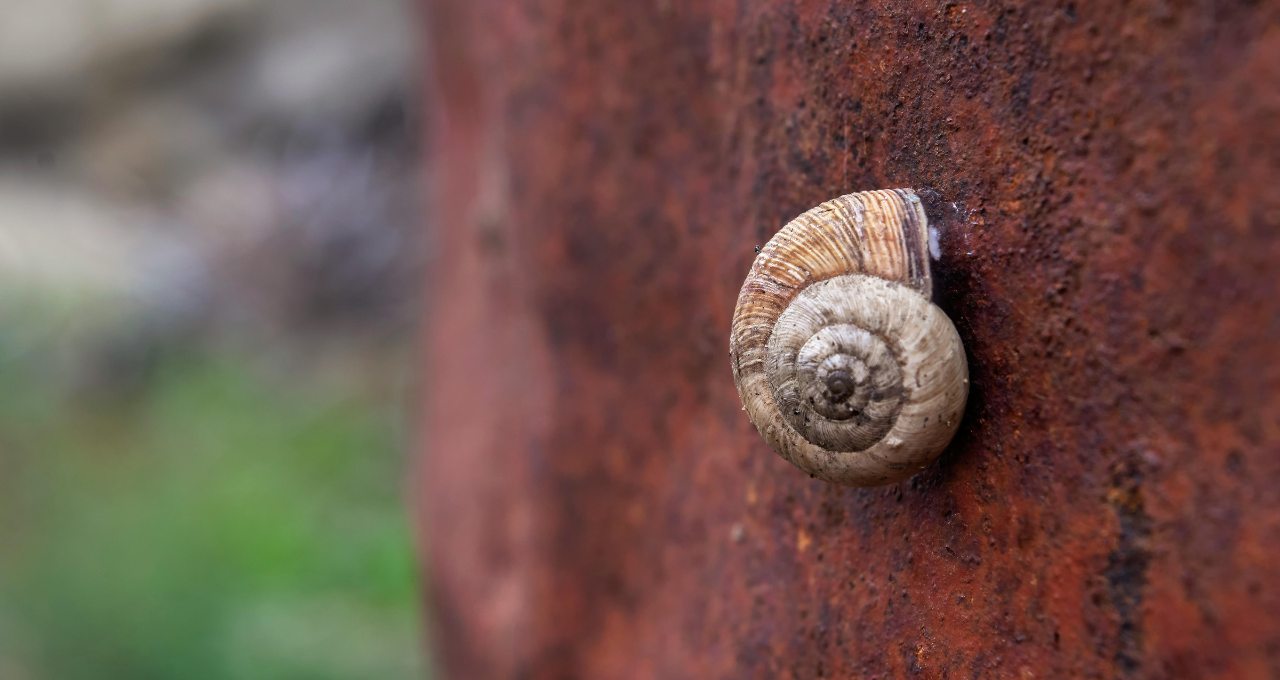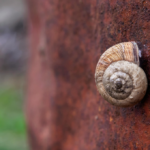Nature doesn’t just inspire mathematics — it is mathematics, written in the language of curves, spirals, and symmetries. From the elegant swirl of a seashell to the lightning-struck branches of a tree, the world around us is full of hidden numerical signatures. These patterns are not the work of chance. They are nature’s blueprint — a visual poetry governed by structure, growth, and form.
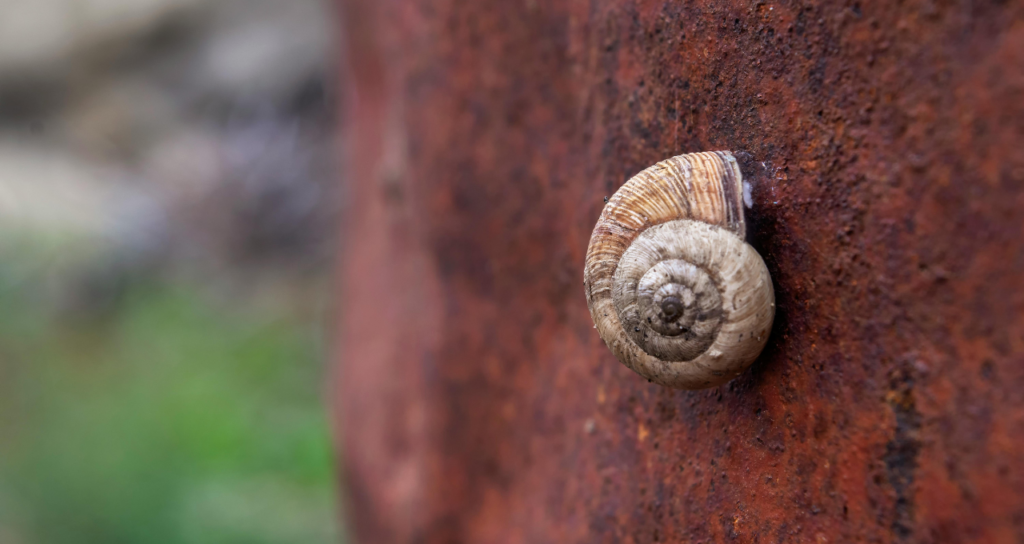
Outline
- The Fibonacci Sequence: Nature’s Favorite Code
- Fractals: The Geometry of Chaos
- Spirals and the Golden Ratio in Living Things
- Weather Patterns and Mathematical Repetition
- Why Do These Patterns Appear?
- The Deeper Meaning of Nature’s Math
- FAQs
1. The Fibonacci Sequence: Nature’s Favorite Code
Leonardo of Pisa, better known as Fibonacci, introduced the famous sequence 0, 1, 1, 2, 3, 5, 8, 13… in the 13th century. Each number is the sum of the two preceding ones. But what’s more fascinating is how this sequence appears in nature:
- The number of petals in many flowers (e.g. lilies with 3, buttercups with 5, daisies with 34, 55, or even 89)
- The arrangement of pinecones and pineapples
- The spiral of sunflower seeds
These patterns allow for optimal packing, balanced growth, and maximum exposure to light — evolution’s quiet mathematics at work.
2. Fractals: The Geometry of Chaos
Fractals are patterns that repeat at different scales. Zoom in, and you’ll find the same structure again and again. While the term was coined by mathematician Benoit Mandelbrot in the 1970s, nature has been drawing fractals for eons:
- Fern leaves, with each smaller leaf resembling the entire plant
- Romanesco broccoli, a vegetable that forms a logarithmic fractal
- Tree branches, river networks, and even lightning bolts
These structures reflect how nature solves problems like maximizing surface area, minimizing energy use, or efficiently transporting nutrients.
Did you know? Your lungs are fractals too. Each bronchiole splits into smaller branches, all the way down to the alveoli — maximizing oxygen exchange.
3. Spirals and the Golden Ratio in Living Things
The golden ratio (approximately 1.618) is deeply tied to the Fibonacci sequence and appears in many spirals found in nature. It can be seen in:
- The nautilus shell, coiled in near-perfect golden spirals
- Galaxies, like the Milky Way
- The curl of a seahorse’s tail
- The pattern of hurricanes
These spirals are not just beautiful — they help organisms grow in a way that is both compact and scalable, without changing shape.
4. Weather Patterns and Mathematical Repetition
Even the skies aren’t free from nature’s mathematical grasp. Cloud formations, hurricanes, and even the branching of lightning follow predictable models:
- Spiral storms, like cyclones, mimic logarithmic spirals
- Cloud turbulence forms fractal-like billows
- Snowflakes, though each unique, follow symmetrical and repeatable mathematical rules during their formation
Understanding these patterns helps meteorologists predict behavior and climatologists study long-term systems.
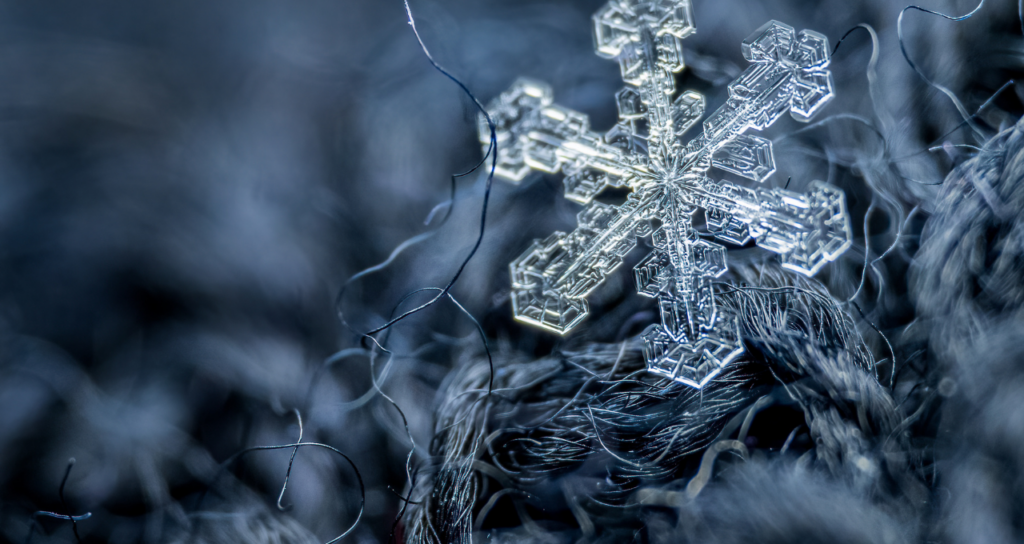
5. Why Do These Patterns Appear?
Biological systems optimize. Growth must be efficient. Energy must be conserved. These patterns arise from the laws of physics, evolution, and self-organization:
- Fibonacci spirals allow for optimal arrangement in limited space
- Fractals optimize exchange and communication networks
- Symmetry often correlates with health and genetic stability
These aren’t coincidences — they are solutions, discovered not by intent, but through the relentless filtering of natural selection.
6. The Deeper Meaning of Nature’s Math
Recognizing these patterns invites a new way of seeing the world. A tree becomes more than a plant — it becomes a living algorithm. A seashell becomes a logarithmic map of time and growth. These forms speak of harmony, constraint, and the silent language of evolution.
Nature’s math is not just about numbers — it’s about beauty, function, and the mystery of connection. When we observe it, we don’t just witness elegance; we witness intelligence without a mind, design without a designer.
FAQs
1. Why does the Fibonacci sequence appear so often in nature?
It helps organisms grow and pack structures efficiently — for example, maximizing light exposure or seed arrangement.
2. Are fractals only found in plants and nature?
No — fractals also appear in human anatomy (lungs, blood vessels), galaxies, coastlines, and even stock market behavior.
3. What’s the difference between the golden ratio and Fibonacci numbers?
They’re closely related — the ratio between Fibonacci numbers approaches the golden ratio as the sequence progresses.




